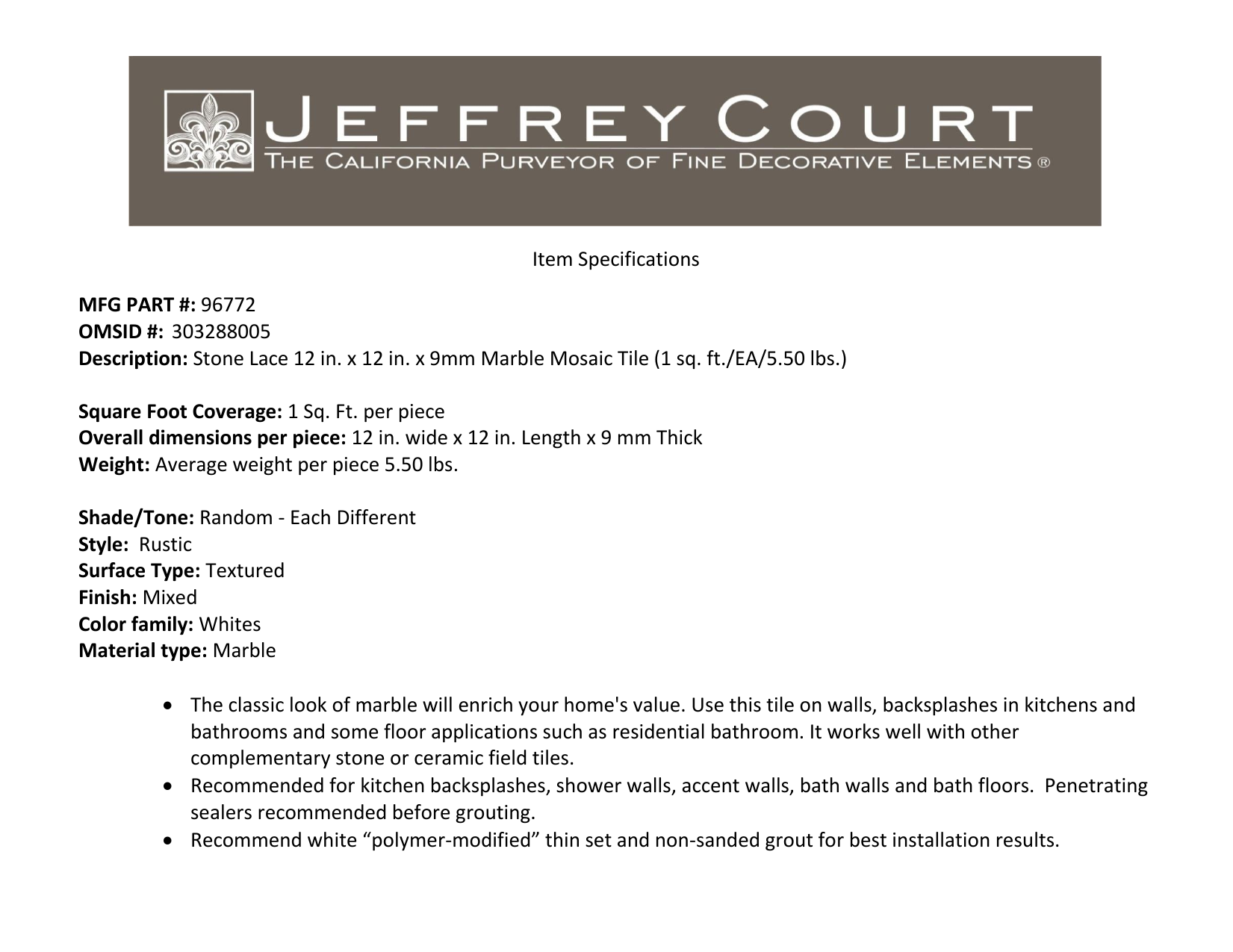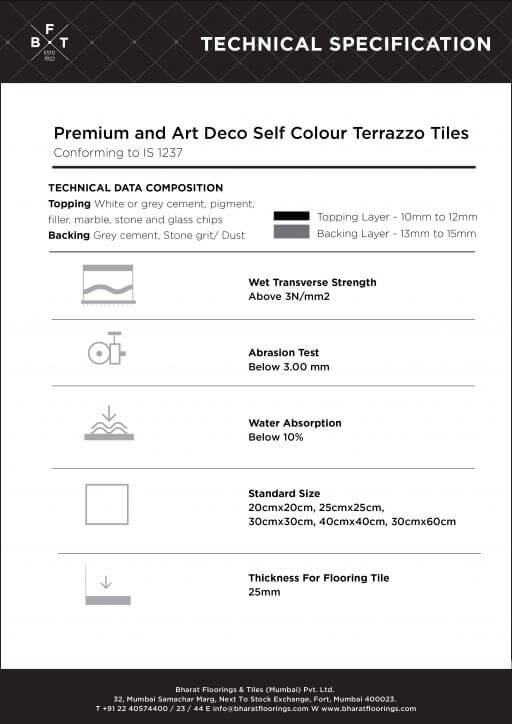As an avid admirer of exquisite interiors, I’ve always been drawn to the timeless allure of marble flooring. Its natural beauty, unique veining, and luxurious appearance make it a sought-after choice for those looking to elevate the aesthetics of their living spaces. In this article, I will delve into the fascinating world of marble flooring specifications, exploring the various factors to consider when choosing this stunning material for your home. From understanding the types of marble to evaluating its durability and maintenance requirements, let’s uncover the secrets to making marble the centerpiece of your interior design.
Types of Marble for Flooring
Marble flooring comes in an array of stunning varieties, each with its distinct characteristics and visual appeal. Classic Carrara marble, with its soft grey background and subtle veining, exudes a serene and elegant vibe that works harmoniously with various design styles. If you seek a bolder statement, Calacatta marble offers a dramatic white background adorned with striking gold or grey veining, adding a touch of opulence to any space.
Emperador marble, with its rich brown hues and captivating white veins, creates a warm and inviting ambiance, perfect for creating a cozy atmosphere in living areas. For a modern twist, Statuario marble showcases a crisp white canvas with bold grey veining, making it a favorite among contemporary interior designers. Understanding the characteristics and aesthetics of each type of marble will help you choose the perfect one that complements your home’s style and reflects your personal taste.
Durability and Strength of Marble Flooring
Beyond its captivating beauty, marble flooring also boasts remarkable durability and strength. As a natural stone, marble is inherently tough and resilient, making it an excellent long-term investment for your home. It can withstand heavy foot traffic without showing significant signs of wear and tear, ensuring that your flooring remains pristine for many years to come.
However, it’s essential to understand that marble is a softer stone compared to granite or quartz, which means it is susceptible to scratching and chipping. To protect your marble floor, consider using area rugs in high-traffic areas and avoiding dragging heavy furniture across the surface. Additionally, sealing the marble periodically will enhance its resistance to stains and moisture, preserving its beauty and extending its lifespan.
Slip Resistance and Safety Considerations
Safety is paramount when selecting flooring for your home, and marble’s slip resistance should be carefully evaluated, especially in areas prone to spills or moisture. Polished marble can be relatively slippery when wet, making it less ideal for bathrooms or entryways where water might be present.
To improve slip resistance, consider opting for honed or tumbled marble, which offers a more textured surface that provides better traction. This type of finish not only enhances safety but also adds a distinct character to the floor, creating a rustic and charming ambiance. Prioritizing safety considerations ensures that your marble flooring not only looks stunning but also provides a secure and comfortable environment for your family and guests.

Installation and Maintenance Guidelines
Proper installation and maintenance are crucial for preserving the beauty and integrity of your marble flooring. Hiring a professional and experienced installer is essential to ensure that the marble is laid correctly and securely, preventing potential issues such as cracking or uneven surfaces.
As for maintenance, regular cleaning with a soft mop and a mild pH-balanced cleaner is recommended to remove dirt and dust without causing damage to the marble. Avoid using harsh chemicals or acidic cleaners, as they can etch the surface and dull the shine. Periodic resealing, as mentioned earlier, is also essential to protect the marble from stains and moisture absorption.
Incorporating Marble Flooring in Various Spaces
Marble flooring is incredibly versatile, making it suitable for various spaces within your home. In the living room, it can become the centerpiece of elegance, elevating the sophistication of the space and creating a luxurious setting for gatherings and relaxation. In the kitchen, marble’s cool surface and natural beauty add a touch of refinement, transforming the heart of the home into a culinary haven.
Bedrooms adorned with marble flooring exude a sense of serenity and tranquility, while bathrooms are elevated to spa-like retreats with the addition of this luxurious material. Whether you choose to cover an entire room with marble or use it as an accent feature, this exquisite flooring option seamlessly integrates into different areas, making them shine with opulence.
Cost Considerations and Investment Value
Marble flooring, with its premium quality and timeless elegance, is considered a high-end flooring option, which naturally comes with a higher price tag compared to other materials. The cost can vary depending on factors such as the type of marble, the size of the space, and the intricacy of the installation.
While it is undoubtedly a significant investment, the value that marble flooring adds to your home should not be underestimated. Its inherent beauty and durability make it a sought-after feature for potential buyers, enhancing the overall value of your property. Furthermore, marble is a material that stands the test of time, meaning that the investment you make today will continue to delight and impress for generations to come.
Blending Marble with Other Flooring Materials
For homeowners seeking to strike a balance between luxury and practicality, blending marble with other flooring materials can be an inspired design choice. Marble can be combined with hardwood, tiles, or even carpets to create distinct zones or add visual interest to different areas of your home.
For instance, in an open-concept living space, you might choose to use marble in the foyer and living area, transitioning into hardwood flooring for the dining and kitchen spaces. This harmonious blend not only allows for more practicality in high-traffic areas but also adds a dynamic and captivating element to the overall design.
Marble flooring specifications offer an endless array of options to elevate the aesthetics and value of your home. From classic Carrara to dramatic Calacatta, each type of marble carries its unique charm, allowing you to tailor the flooring to your style and preferences. Prioritizing durability, slip resistance, and proper maintenance will ensure that your marble flooring remains exquisite and safe for years to come.
Integrate marble flooring into various spaces of your home, from the living room to the bathroom, and experience the transformative power of its timeless beauty. While marble is an investment, its lasting appeal and value make it a rewarding choice that will continue to mesmerize and delight, becoming a cherished feature of your living space for generations. Embrace the elegance of marble flooring and turn your home into a sanctuary of opulence and sophistication.
MARBLE FLOORINGu2013TYPES, SPECIFICATION u0026 TESTS – The Constructor
Marble Flooring Types, Specifications and Comparison – YouTube
18X18u0027u0027ce Waterproof Marble Grain 3.5mm~7mm PVC Lvt Looselay Vinyl
Splashback Tile R7B11KROTRAV Kerosene Noche Travertine Polished
How to Lay In Situ Terrazzo (Marble Chips) Flooring? [PDF] – The
Marble Flooring and Itu0027s Advantages and Disadvantages – Civil Snapshot
Jeffrey Court 96772 Stone Lace White 12 in. x 12 in. x 10 mm
Sov-xiamen yeyang nagh ghom nagh flooring-marble specifications
How to Lay In Situ Terrazzo (Marble Chips) Flooring? [PDF] – The
Detailed Specification Of Mosaic Flooring Or Terrazzo Flooring
Technical-Specification
SciELO – Brasil – Properties of pre-cast terrazzo tiles and
Related Posts:
- Outdoor Marble Flooring
- Marble Floor Tile Mosaic
- Exotic Marble Flooring
- Hexagon Marble Floor Tile
- Marble Floor Pattern Texture
- Marble Floor Polishing
- Marble Flooring Options
- Black Marble Floor Texture
- Black Sparkle Marble Floor Tiles
- Dark Brown Marble Flooring
Marble Flooring Specification: Understanding the Specifications and Quality of Marble Flooring
When it comes to flooring, marble is a timeless classic. With its beautiful, intricate patterns and luxurious sheen, it adds an air of sophistication and elegance to any room. But what is the real story behind marble flooring? What are the specific details that go into creating a marble floor? What should you look for when selecting marble flooring for your home or business? In this article, we will explore the key specifications and qualities of marble flooring in detail.
Types of Marble
There are several types of marble used in flooring, each with its own unique characteristics. The most common type of marble used in flooring is Carrara marble, which is quarried in the Apuan Alps in Tuscany, Italy. Other common types of marble used in flooring include Calacatta, Statuario, Crema Marfil, and Thassos. Each type of marble has its own unique color and pattern variations, so it’s important to choose the one that best suits your needs.
Selecting the Right Marble
When selecting your marble flooring, there are several factors to consider. First, consider the size of the space you’ll be installing your marble floor in. It’s important to choose a type of marble that’s large enough to cover the entire area you’re working with. You’ll also want to consider the texture of the marble you select. Marble comes in a variety of finishes, from glossy to honed to tumbled, so make sure you select a finish that works best with your design scheme. Finally, think about the color of the marble you select. While white and beige are classic choices, many homeowners opt for more colorful varieties such as pink or blue.
Installation Process
Installing a marble floor is a job that should be done by professionals. Your installer will measure your space accurately and prepare a layout plan for your installation. The next step is to cut the marble tiles to fit the space, taking into account any curves or angles. Once all pieces are cut, they can be laid down in an alternating pattern or laid using a diagonal pattern for a more elegant look. After all pieces are laid down, grout is applied between tiles and then allowed to dry overnight before being sealed with a sealant or wax finish.
Maintenance
Marble floors require regular maintenance to keep them looking beautiful for years to come. Daily cleaning should involve dust mopping or vacuuming followed by damp mopping with a mild detergent or stone cleaner designed specifically for marble surfaces. Depending on how much traffic your marble floors get, you may need to deep clean them every three months or so with a professional-grade stone cleaner or polishing product. You should also reseal your marble floors every year to ensure they stay protected from staining and wear.
FAQs
Q: How do I choose the right type of marble?
A: When selecting your marble flooring, it’s important to consider the size of the space you’ll be installing it in as well as its texture and color. You’ll want to choose a type of marble that’s large enough to cover the entire area and has a finish that works best with your design scheme. Finally, think about the color of the marble you select – while white and beige are classic choices, many homeowners opt for more colorful varieties such as pink or blue.
Q: How often do I need to clean my marble floors?
A: Daily cleaning should involve dust mopping or vacuuming followed by damp mopping with a mild detergent or stone cleaner designed specifically for marble surfaces. Depending on how much traffic your marble floors get, you may need to deep clean them every three months or so with a professional-grade stone cleaner or polishing product. You should also reseal your marble floors every year to ensure they stay protected from staining and wear.












